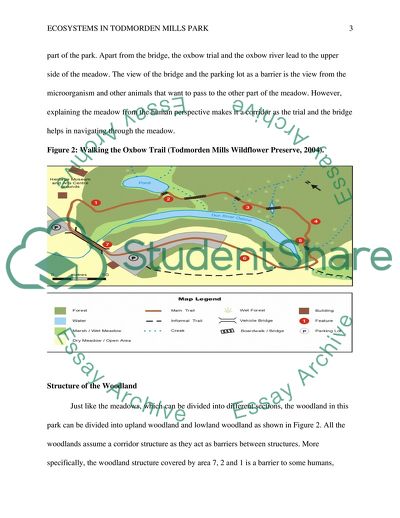Cite this document
(Ecosystems in Todmorden Mills Park Assignment Example | Topics and Well Written Essays - 2250 words, n.d.)
Ecosystems in Todmorden Mills Park Assignment Example | Topics and Well Written Essays - 2250 words. https://studentshare.org/environmental-studies/1845814-report-for-ecosystems-in-todmorden-mills-park
Ecosystems in Todmorden Mills Park Assignment Example | Topics and Well Written Essays - 2250 words. https://studentshare.org/environmental-studies/1845814-report-for-ecosystems-in-todmorden-mills-park
(Ecosystems in Todmorden Mills Park Assignment Example | Topics and Well Written Essays - 2250 Words)
Ecosystems in Todmorden Mills Park Assignment Example | Topics and Well Written Essays - 2250 Words. https://studentshare.org/environmental-studies/1845814-report-for-ecosystems-in-todmorden-mills-park.
Ecosystems in Todmorden Mills Park Assignment Example | Topics and Well Written Essays - 2250 Words. https://studentshare.org/environmental-studies/1845814-report-for-ecosystems-in-todmorden-mills-park.
“Ecosystems in Todmorden Mills Park Assignment Example | Topics and Well Written Essays - 2250 Words”. https://studentshare.org/environmental-studies/1845814-report-for-ecosystems-in-todmorden-mills-park.


